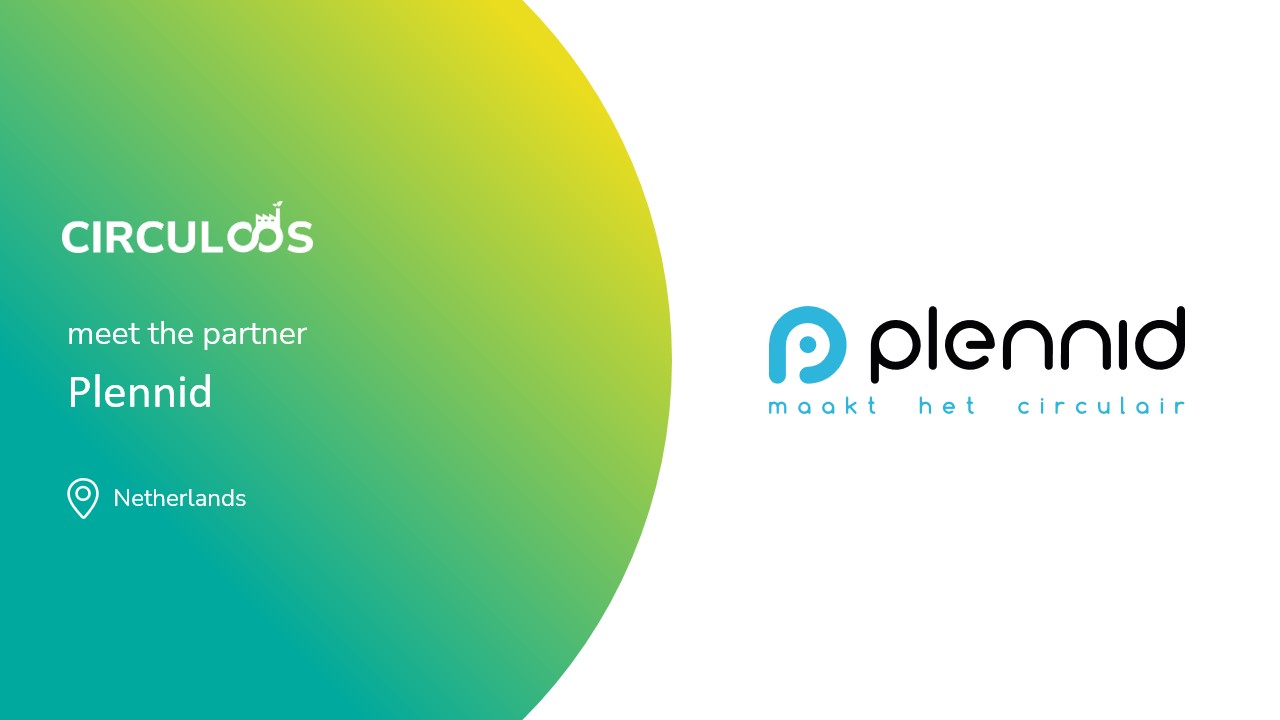Plennid is a Dutch logistics consultancy that transforms circular ambitions into practical supply chain solutions. With a strong focus on sustainable sourcing, digital innovation, and resource efficiency, Plennid helps companies reimagine how materials move through the economy—especially when it comes to reclaimed wood and circular raw materials.
What is your role in the CIRCULOOS project?
We are part of the Dutch pilot, which focuses on creating a circular supply chain for wooden furniture and building products. Our role is to coordinate the flow of raw materials—from collecting urban trees to processing them into semi-finished products like planks—and ensuring that Herso, the production facility, receives a reliable and continuous inventory. We act purely as the supply chain coordinator.
What specific challenges or opportunities do you hope to address or explore through your involvement in the project?
We see a lot of potential to optimize the supply chain. That includes making tree sourcing more efficient, gaining real-time insight into Herso’s inventory and demand, and monitoring the environmental impact from tree to end product.
How does your company’s participation in the CIRCULOOS project relate to your previous experiences in sustainability, digital transformation, or circular practices?
Our role in CIRCULOOS builds directly on our core expertise. We specialize in sustainability and circular practices by sourcing urban wood and transforming it into high-quality, reusable materials—actively promoting reuse and minimizing waste. Through digital transformation, we’ve developed tools that improve inventory transparency and better align supply with demand, making collaboration smoother for our partners. Additionally, by optimizing the flow of sustainable materials, we enhance manufacturing efficiency and help reduce lead times across the production process.
How do you plan to collectively engage in knowledge-sharing and collaborative efforts to enhance the project’s outcomes?
We actively participate in regular Dutch consortium meetings to exchange insights, align strategies, and work collaboratively toward our shared circular goals. Beyond these sessions, we host and attend workshops and brainstorming meetings focused on circular supply chains, sourcing strategies, and digital tracking. We also contribute to technical discussions within CIRCULOOS, helping to improve material flow efficiency and reduce environmental impact.
How do you see your involvement contributing to the growth and innovation of the broader manufacturing ecosystem?
We bring a strong business and logistics perspective to the CIRCULOOS ecosystem, helping to optimize operations across the supply chain. Our contributions focus on efficient sourcing and processing of circular materials, smarter inventory and demand planning to minimize waste, and logistical practices that enable scalable circular models. Through this approach, we support manufacturers in lowering costs, reducing resource waste, and adopting more sustainable production practices.
What challenges do you foresee in adopting circular manufacturing practices within your organisation?
Since we don’t own production facilities, we’re dependent on partnerships for material sourcing and processing. This presents several challenges. First, the material flow is often unstructured, and we’re reliant on the availability of raw materials from urban sources. Because we don’t control tree sourcing or operate our own sawing facility, the process becomes less structured and harder to optimize, as supply is not always predictable or aligned with demand. Second, balancing efficiency with circular economy principles requires a shift in mindset. In a traditional linear economy, efficiency is driven by scale and mass production, whereas in a circular economy, the goal is to maximize resource use rather than increase output. The challenge lies in being efficient without overstocking materials or creating surplus inventory that leads to forced consumption, something today’s economy often encourages. Lastly, aligning supply and demand without overproduction is critical. One of the biggest risks is generating excess inventory that isn’t immediately needed, which can disrupt circularity goals and result in unnecessary waste. The key is to find the right balance: ensuring there is enough supply to support production without creating surplus that contradicts sustainability principles.
What is your future vision of the project?
We aim to develop smarter forecasting tools, strengthen strategic partnerships, and leverage digital technologies to create a more structured and resilient circular supply chain – one that avoids the pitfalls of mass-production thinking.


